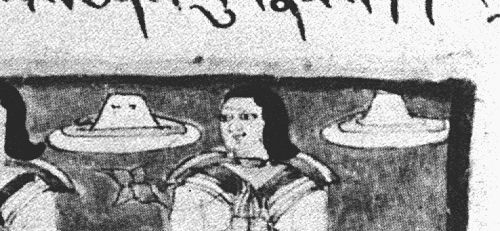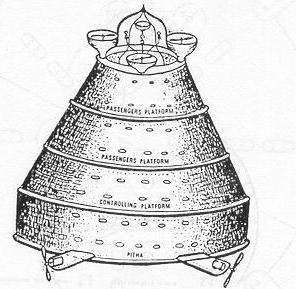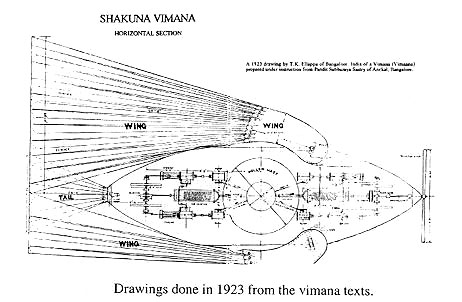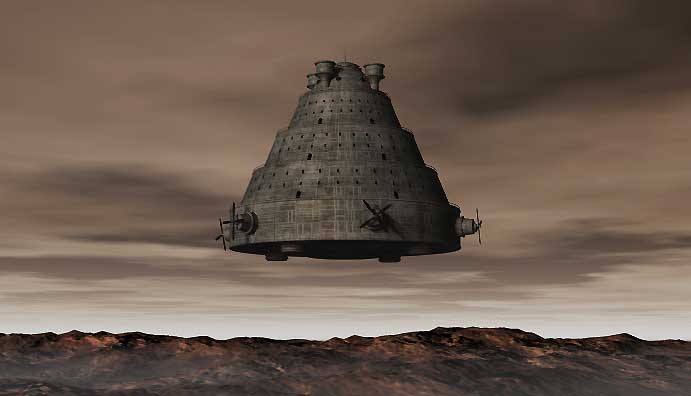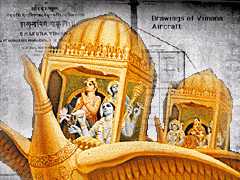
The Vedic traditions of India tell us that we are now in the Fourth Age of mankind. The Vedas call them the “The Golden Age”, “The Silver Age”, and “The Bronze Age” and we are now, according to their scriptures in the “The Iron Age”. As we approach the end of the 20th century both Native Americans, Mayans, and Incans, prophecies claim that we are coming to the end of an age. The Vimanas – The Ramayana describes a Vimana as a double-deck, circular (cylindrical) aircraft with portholes and a dome. It flew with the speed of the wind and gave forth a melodious sound (a humming noise?). Ancient Indian texts on Vimanas are so numerous it would take several books to relate what […] Read More
